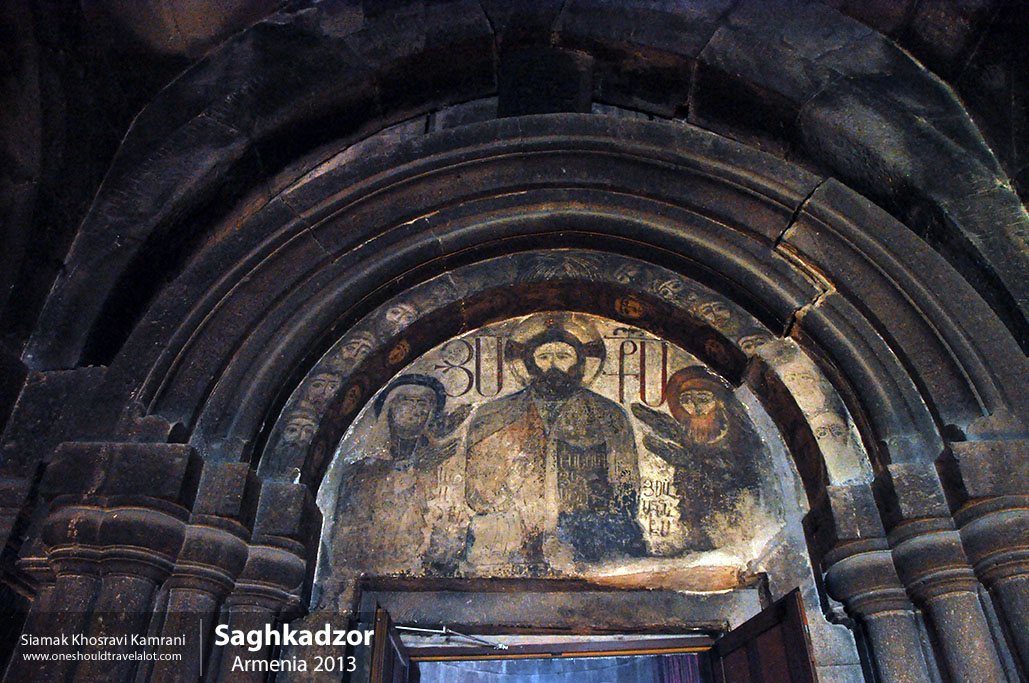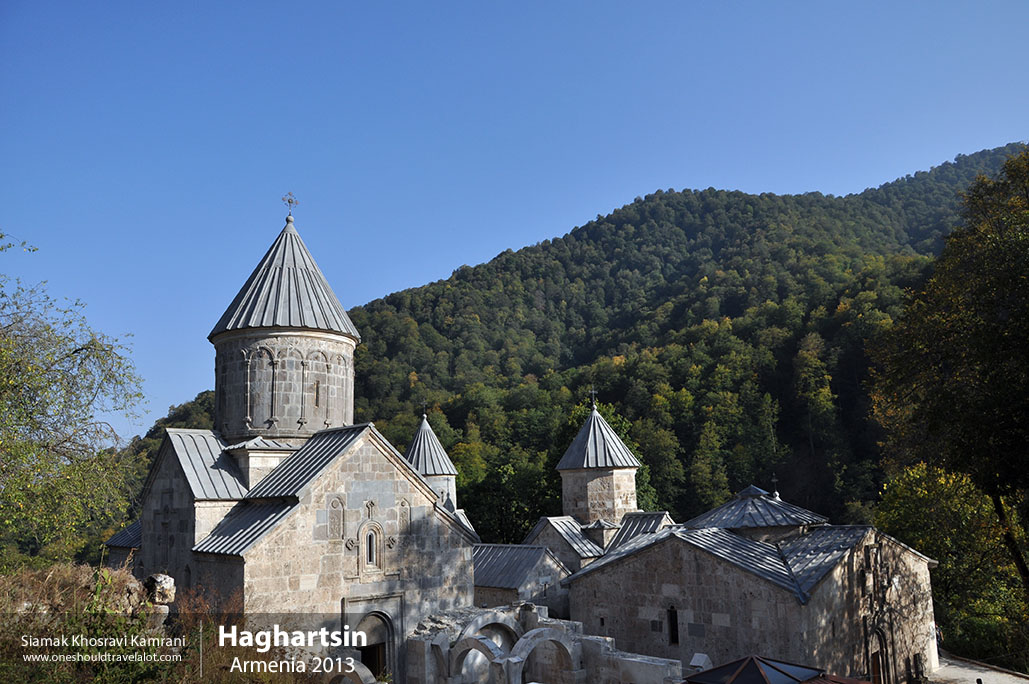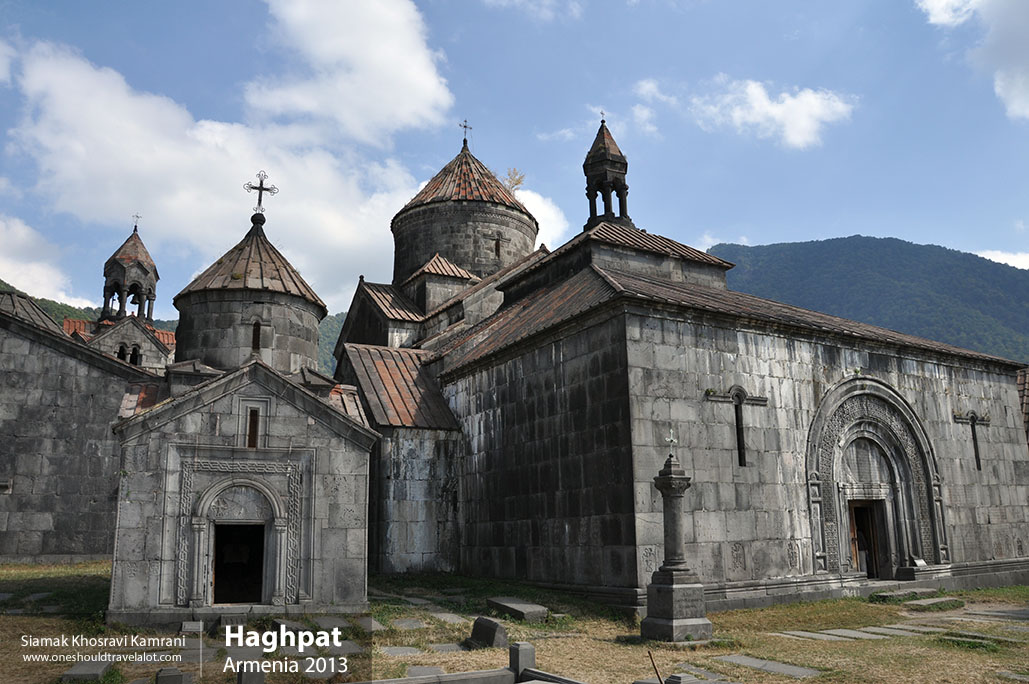Discovering Sanahin: A Photographer’s Journey through an Ancient Armenian Village
Nestled in the lush Debed Canyon of northern Armenia, Sanahin is a village steeped in history and brimming with the charm of ancient Armenia. As a photographer with a passion for capturing the soul of places, I found Sanahin to be an extraordinary destination. This quaint village, with its medieval monasteries, dramatic landscapes, and vibrant local culture, offers a rich tapestry of experiences waiting to be explored and documented through the lens.
The First Glimpse: Arrival in Sanahin
My journey to Sanahin began with a scenic drive through the verdant valleys and rugged mountains of the Lori Province. The winding roads and the panoramic vistas of the Armenian Highlands set the stage for an adventure that promised both tranquility and excitement. As I approached Sanahin, the first thing that struck me was the harmonious blend of natural beauty and historical grandeur.
Sanahin is perched on a plateau, overlooking the deep gorges of the Debed River. The village’s stone houses, with their traditional Armenian architecture, stand against the backdrop of lush greenery and distant peaks. It felt like stepping back in time, to a place where history and nature have intertwined for centuries.
Exploring the Monastic Complex
The centerpiece of Sanahin is its UNESCO World Heritage-listed monastic complex, a gem of medieval Armenian architecture. The Sanahin Monastery, founded in the 10th century, is an architectural marvel with its intricately carved khachkars (cross-stones), ancient churches, and educational institutions.
The Heart of Spirituality: Surb Astvatsatsin Church
My first stop was the Surb Astvatsatsin Church, also known as the Holy Mother of God Church. As I walked through the stone archway and into the churchyard, I was greeted by the serene atmosphere that envelops this sacred site. The church, with its basalt stone walls and conical dome, stands as a testament to the enduring faith and craftsmanship of the Armenian people.
Inside, the dim light filtering through narrow windows cast a mystical glow on the ancient frescoes and icons. The silence was profound, broken only by the soft whispers of fellow visitors. As I captured the play of light and shadow within the church, I couldn’t help but feel a deep connection to the generations of worshippers who had sought solace here.
The Academy of Sanahin: A Seat of Learning
Next, I explored the Academy of Sanahin, one of the oldest universities in the world. Established in the 10th century, this institution was a center of learning, where scholars studied subjects ranging from theology to science and medicine. Walking through the arched corridors and stone courtyards, I imagined the vibrant intellectual life that once thrived here.
The academy’s library, with its ancient manuscripts and religious texts, is a treasure trove of knowledge. As a photographer, I was particularly drawn to the beautifully illuminated manuscripts, their intricate designs offering a glimpse into the artistic traditions of medieval Armenia.
The Village Life: Immersing in Local Culture
Beyond the monastery, Sanahin is a living village with a vibrant community that warmly welcomes visitors. The local residents, predominantly ethnic Armenians, speak Armenian, a language with a rich literary and cultural heritage. Their hospitality and warmth made me feel at home, and I was eager to learn more about their way of life.
Traditional Armenian Cuisine: A Culinary Delight
One of the highlights of my stay in Sanahin was experiencing traditional Armenian cuisine. The village’s small family-run restaurants and homes offer a delightful array of dishes, each telling a story of the region’s culinary heritage. I was invited to a local family’s home, where I was treated to a feast of homemade dishes.
From khorovats (grilled meats) to dolma (stuffed grape leaves), every dish was a burst of flavors and aromas. The use of fresh herbs and spices, combined with time-honored cooking techniques, made each meal a memorable experience. I savored lavash, the traditional Armenian flatbread, freshly baked in a tonir (clay oven), and indulged in sweet treats like gata, a buttery pastry filled with nuts and sugar.
The Art of Craftsmanship: Armenian Handicrafts
Sanahin is also known for its skilled artisans who create beautiful handicrafts. The village’s markets and small shops are filled with handcrafted items, from intricately woven carpets to delicate lacework and pottery. Each piece reflects the artistic traditions passed down through generations.
I spent hours photographing these exquisite crafts, capturing the detail and care that goes into each creation. The artisans were happy to share their stories and techniques, adding a personal touch to my photographs.
The Natural Beauty: Capturing the Landscape
Sanahin’s natural surroundings are as captivating as its historical and cultural treasures. The dramatic landscape of the Debed Canyon, with its steep cliffs, dense forests, and meandering river, offers endless opportunities for landscape photography.
The Debed Canyon: A Photographer’s Paradise
One of the most breathtaking views can be found at the edge of the plateau, where the village meets the canyon. As the sun sets, the canyon is bathed in golden light, creating a stunning contrast between the shadows and the illuminated peaks. I spent several evenings capturing this magical hour, each moment offering a new perspective on the rugged beauty of the Armenian Highlands.
Hiking trails around Sanahin lead to hidden waterfalls, ancient ruins, and scenic viewpoints. One such trail took me to the medieval bridge of Sanahin, a remarkable structure that has stood the test of time. The bridge, with its elegant arches and stone construction, is a perfect subject for architectural photography, set against the backdrop of the verdant landscape.
How to Get to Sanahin
Sanahin is located in the Lori Province of Armenia, about 165 kilometers north of the capital city, Yerevan. The village is accessible by car or bus, with scenic routes that offer a glimpse into the stunning landscapes of northern Armenia. For those interested in a more immersive experience, guided tours are available, providing historical insights and local knowledge.
Best Time to Visit
The best time to visit Sanahin is during the spring and autumn months, when the weather is mild, and the landscape is at its most vibrant. Spring brings blooming flowers and lush greenery, while autumn offers a tapestry of colors as the leaves change. Each season, however, has its own unique charm, making Sanahin a year-round destination.
Accommodation
Sanahin offers a range of accommodation options, from guesthouses and family-run inns to small hotels. Staying in a local guesthouse provides a more intimate experience, allowing visitors to connect with the community and enjoy traditional Armenian hospitality.
Exploring Sanahin was more than just a photographic journey; it was a voyage into the heart of Armenia’s rich cultural and historical heritage. Each photograph I took tells a story of this enchanting village, inviting others to discover and fall in love with Sanahin, just as I did.



